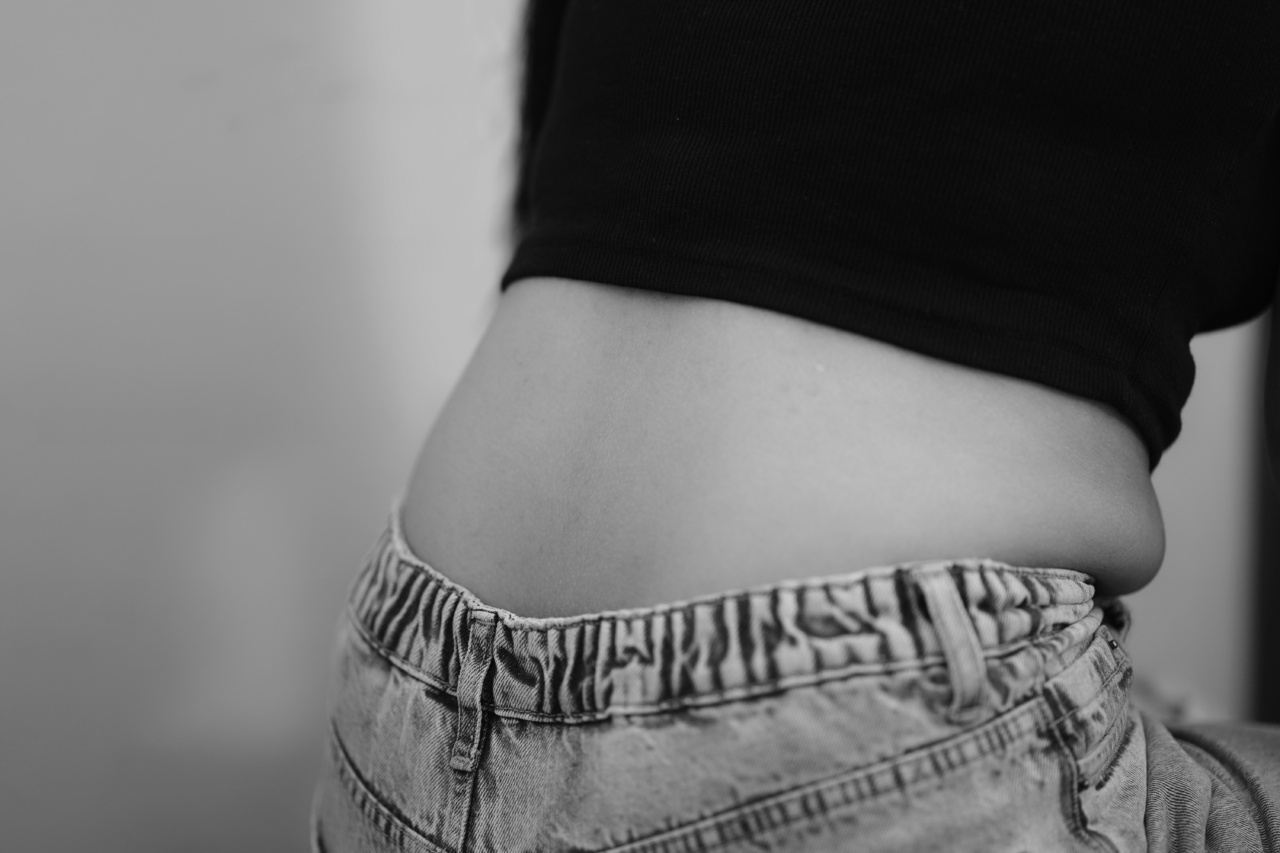Urinary incontinence, also known as the loss of bladder control, is a prevalent condition that can significantly impact one’s quality of life. It affects millions of people worldwide, and various factors contribute to its development and severity.
One such factor that has gained significant attention in recent years is body weight. Research has shown a positive correlation between body weight and the occurrence and severity of urinary incontinence.
In this article, we will delve into the link between body weight and urinary incontinence and explore potential mechanisms behind this association.
What is Urinary Incontinence?
Urinary incontinence refers to the involuntary leakage of urine. It can range from occasional mild leaks to a complete inability to control urination.
The condition can be caused by various factors, including weakened pelvic floor muscles, nerve damage, hormonal changes, and other underlying health conditions. There are different types of urinary incontinence, including stress incontinence, urge incontinence, overflow incontinence, and functional incontinence.
The Prevalence of Urinary Incontinence
Urinary incontinence is a common condition, affecting people of all ages and genders. However, it is more prevalent among women, especially as they age.
According to the International Continence Society, approximately one in four women over the age of 18 experiences episodes of urinary incontinence, with the prevalence increasing with age. Men can also experience urinary incontinence, often due to prostate-related issues or other underlying health conditions.
The Relationship between Body Weight and Urinary Incontinence
Multiple studies have indicated a significant association between body weight and urinary incontinence.
In general, higher body weight and obesity have been consistently linked to an increased risk of developing urinary incontinence and experiencing its symptoms more severely. Several potential mechanisms help explain this relationship.
Increased Pressure on the Bladder
One possible mechanism is the increased pressure placed on the bladder by excess body weight.
Obesity can lead to abdominal and pelvic floor muscle weakness, causing the bladder to be under constant strain and making it more difficult to control urine flow. The excess weight also puts added pressure on the bladder, increasing the likelihood of leakage.
Hormonal Changes
Another factor to consider is the influence of hormones. Adipose tissue, or fat cells, produce certain hormones known as adipokines.
These hormones can disrupt the normal functioning of the urinary tract and contribute to the development of urinary incontinence. Additionally, excess body weight may lead to hormonal imbalances, such as increased estrogen levels, further exacerbating the condition.
Inflammation and Metabolic Dysfunction
Obesity is associated with chronic low-grade inflammation and metabolic dysfunction. This inflammation can affect the muscles and tissues involved in bladder control, making them more vulnerable to damage and impairing their function.
Metabolic dysfunction, such as insulin resistance, may also have a negative impact on bladder control and contribute to urinary incontinence.
Impact on Pelvic Floor Muscles
The pelvic floor muscles play a crucial role in maintaining continence. Excess body weight can weaken these muscles, leading to a loss of bladder control.
The added strain on the pelvic floor due to obesity can cause the muscles to stretch and weaken over time, increasing the risk of urinary incontinence.
Weight Loss and Improvement in Urinary Incontinence
Several studies have demonstrated that weight loss can lead to a significant reduction in urinary incontinence symptoms. A randomized controlled trial conducted by Subak et al.
in 2009 showed that overweight and obese women who lost weight experienced a decrease in both the frequency and severity of urinary incontinence. These findings highlight the potential benefits of weight management in improving bladder control.
Prevention and Management Strategies
Preventing and managing urinary incontinence involves a multifaceted approach. While body weight is just one potential influencing factor, maintaining a healthy weight can have a positive impact on reducing the risk and severity of urinary incontinence.
Here are some strategies that may help:.
1. Regular Physical Activity: Engaging in regular physical activity can help maintain a healthy weight and strengthen the pelvic floor muscles. Activities like walking, swimming, and yoga can be beneficial.
2. Balanced Diet: Following a balanced diet rich in fruits, vegetables, whole grains, and lean proteins can aid in weight management and promote overall health.
3. Pelvic Floor Exercises: Performing pelvic floor exercises, also known as Kegel exercises, can strengthen the muscles involved in bladder control and help improve symptoms of urinary incontinence.
4. Avoiding Triggering Factors: Identifying and avoiding triggers such as caffeine, alcohol, and certain medications can help manage urinary incontinence symptoms.
5. Seeking Medical Advice: Consulting a healthcare professional is important for proper diagnosis and the development of an individualized treatment plan.
Conclusion
The link between body weight and urinary incontinence is evident, with numerous studies highlighting the impact of excess weight on the development and severity of this condition.
Understanding the mechanisms behind this association can shed light on potential preventive and management strategies. By maintaining a healthy weight, engaging in regular physical activity, and adopting a balanced diet, individuals can take proactive steps in reducing the risk and improving the symptoms of urinary incontinence.
With proper medical guidance, it is possible to minimize the impact of urinary incontinence and enhance overall quality of life.



























